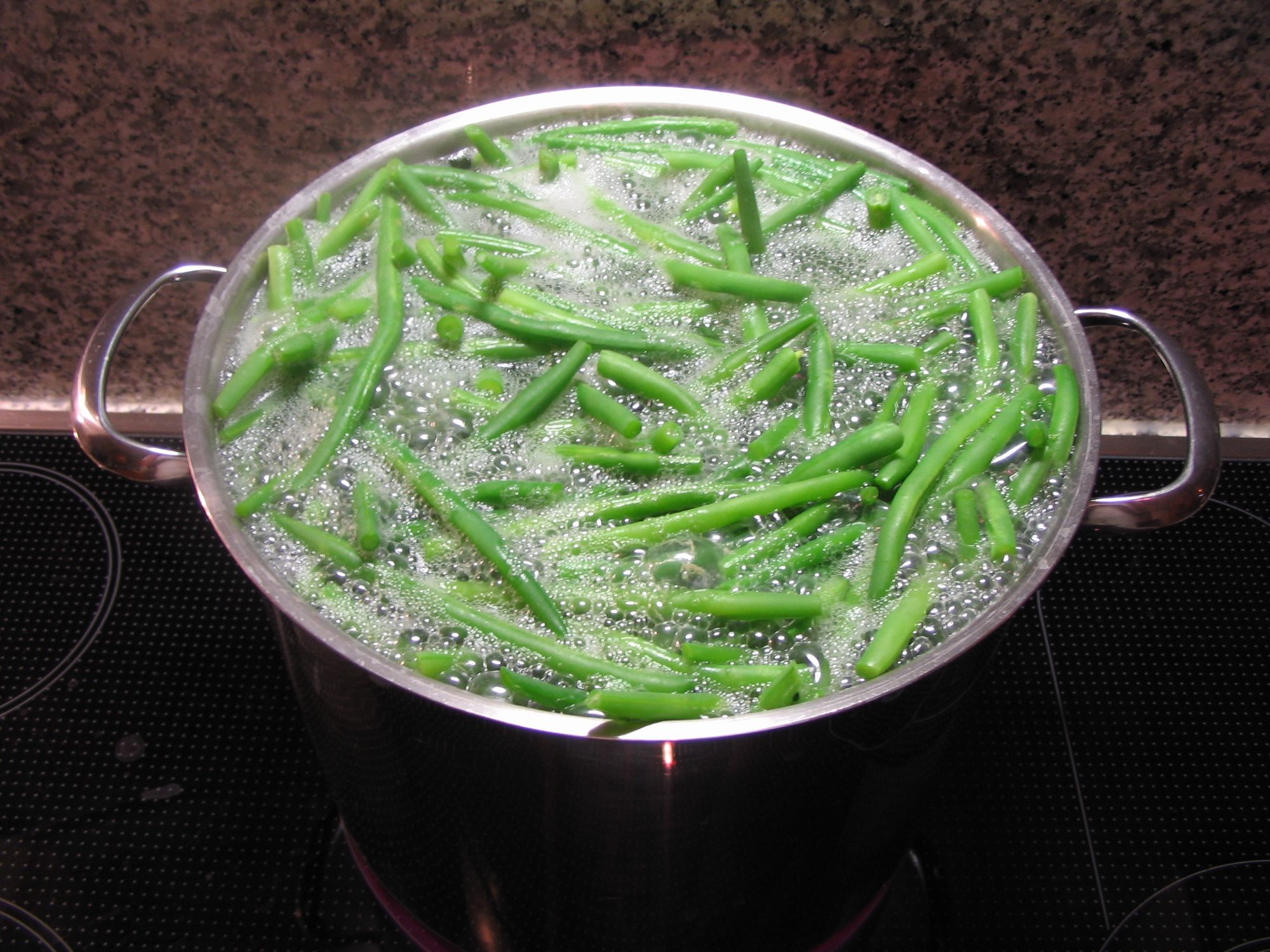Blanching in Retort Processing: Techniques and Benefits for Superior Food Preservation

Food preservation is a critical aspect of ensuring food safety, quality, and longevity. Among the various methods employed, retort processing stands out for its ability to effectively sterilize food while retaining its nutritional and sensory properties. An essential step in retort processing is blanching, a pre-processing technique designed to inactivate food enzymes that can cause off-flavors, discoloration, and degradation of food quality.
Understanding Blanching
Blanching is the process of scalding vegetables in boiling water or steam for a short duration, followed by rapid cooling in very cold or ice water. This technique is crucial for maintaining the quality of vegetables before freezing, although it does not directly impact food safety. The primary purpose of blanching is to inactivate enzymes that can cause undesirable changes in flavor, color, and texture.
Advantages of Blanching
- Improved Product Quality: Blanching enhances the color, flavor, and texture of vegetables, making them more appealing and palatable.
- Increased Yield: By reducing enzymatic activity, blanching helps in retaining the volume and weight of the product.
- Thermal Property Modification: Blanching alters the thermal properties of food, making subsequent thermal processing more efficient.
- Energy Conservation: By pre-cooking the food slightly, blanching can reduce the energy required during thermal processing.
However, the effectiveness of blanching depends on achieving the right balance. Under-blanching can stimulate enzyme activity, worsening the food quality, while over-blanching can lead to partial cooking, resulting in loss of flavor, color, vitamins, and minerals.
Techniques of Blanching
Blanching can be accomplished using two primary methods: steam blanching and hot water blanching. Each method has its specific applications and benefits.
Steam Blanching
Steam blanching is preferred for foods with large cut surface areas. In this method, food is carried on a mesh belt or rotary cylinder through a steam atmosphere. The residence time, or the time food remains in the steam, is controlled by the speed of the conveyor. Steam blanching is advantageous as it results in smaller losses of soluble components compared to hot water blanching.
Hot Water Blanching
Hot water blanching involves holding the food in hot water (typically 70 to 100°C) for a specified time, followed by dewatering and cooling. This method can be further categorized into Low-Temperature Long-Time (LTLT) and High-Temperature Short-Time (HTST) processes. The time-temperature combination in hot water blanching is a compromise to ensure adequate enzyme inactivation while preventing excessive softening and loss of flavor. However, some minerals, water-soluble vitamins, and other components can be lost due to leaching, thermal destruction, and oxidation. To mitigate these losses, additives like calcium or magnesium salts can be used to protect chlorophyll and maintain the firmness of the food.
Blanching in Retort Processing
In retort processing, blanching serves additional purposes beyond enzyme inactivation. It helps remove air and metabolic gases from the food, replacing them with water. This step is crucial for several reasons:
- Expelling Entrapped Air: Blanching expels air entrapped inside plant tissues, particularly intercellular gas. This is vital before canning, as it prevents air expansion during processing, reducing strain on containers and minimizing the risk of misshapen cans and faulty seams.
- Improved Texture: Removing gas from blanched tissues, such as pear tissues, results in a better texture, with softer and more transparent tissues.
- Oxidation Reduction: Eliminating oxygen from the tissues reduces the oxidation of the product, preserving its quality and extending shelf life.
- Corrosion Prevention: By removing oxygen, blanching also helps prevent the corrosion of materials used in can manufacturing.
Conclusion
Blanching is an indispensable step in retort processing, offering numerous benefits that enhance the quality and preservation of food. Whether through steam or hot water methods, blanching effectively inactivates enzymes, improves texture, and prevents oxidation, contributing to superior food preservation. While designing your processing methods, its important to include proper blanching techniques in your pre-processing steps to enhance taste and optimize for quality.